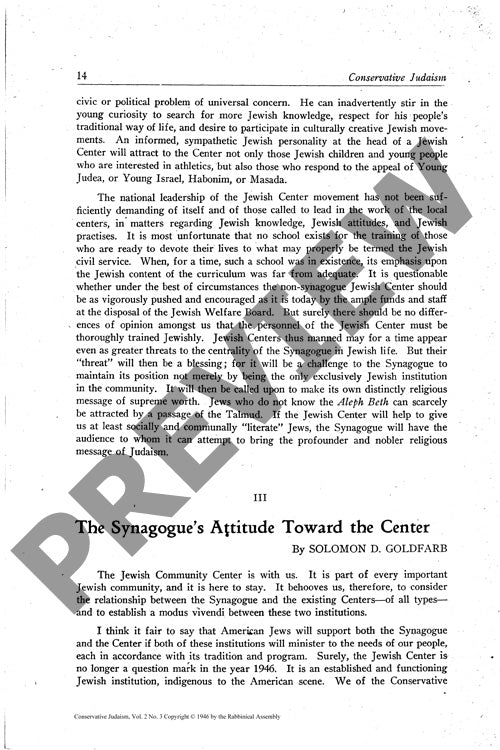The Synagogues Attitude Toward the Cente
Couldn't load pickup availability
As American Jewish communities evolved in the mid-20th century, synagogues and Jewish Community Centers struggled to define their institutional boundaries and relationships. World War II proved a pivotal testing ground, as rabbis serving as chaplains collaborated successfully with National Jewish Welfare Board workers to meet diverse community needs. Drawing from historical analysis of this wartime cooperation and theoretical frameworks of institutional roles, the research reveals how peacetime collaboration between these organizations could flourish - but only with clear domain separation. Synagogues maintained primacy in religious, educational, and cultural spheres, while Centers excelled in recreational, social, and community gathering functions. Territorial conflicts emerged primarily when Centers expanded into traditional synagogue domains, particularly religious education and programming. Analysis of institutional interactions demonstrates that successful coexistence depends on mutual recognition of boundaries, with Centers acknowledging synagogue authority in spiritual matters while synagogues respect Centers' legitimate role in non-religious activities. The findings suggest a sustainable framework where both institutions serve the American Jewish community through coordinated programming under appropriate religious guidance and democratic community control, each operating within their designated spheres while maintaining productive collaborative relationships.

More Information
-
Physical Description
-
Publication Information
Published 1946
ISBN
-
Publication Credits
Solomon Goldfarb

